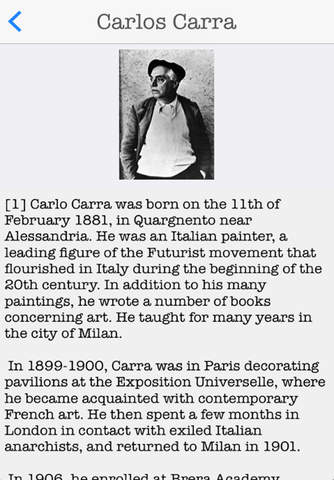
Italian Futurism was officially launched in 1909 when Filippo Tommaso Marinetti, an Italian intellectual, published his “Founding and Manifesto of Futurism” in the French newspaper Le Figaro. Marinetti’s continuous leadership ensured the movement’s cohesion for three and half decades, until his death in 1944.
Futurismo Manifesti allowed the movement to progress rapidly into mainstream culture and the Italian political landscape. The movement remarkably had little detractors and was able to recruit a new generation of Futurists throughout the 1920s. This was helped by the circulation of Manifesti through publications such as Lacerba, La Voce, LItalia Futurista, and Stile Futurista.
To be a Futurist in the Italy of the early 20th century was to be modern, young, and insurgent. Inspired by the markers of modernity the industrial city, machines, speed, and flight. Futurism’s adherents exalted the new and the disruptive. They sought to revitalize what they determined to be a static, decaying culture and an impotent nation that looked to the past for its identity. Futurism began as a literary avant-garde, and the printed word was vital for this group. Manifestos, words-in-freedom poems, novels, and journals were intrinsic to the dissemination of their ideas.
Futurist artists experimented with the fragmentation of form, the collapsing of time and space, the depiction of dynamic motion, and dizzying perspectives. Their style evolved from fractured elements in the 1910s to a mechanical language in the ’20s, and then to aerial imagery in the ’30s. No vanguard exists in a void all are touched by their historical context.
The Futurists’ celebration of war as a means to remake Italy and their support of Italy’s entrance into World War I also constitute part of the movement’s narrative, as does the later, complicated relationship between Futurism and Italian fascism.



